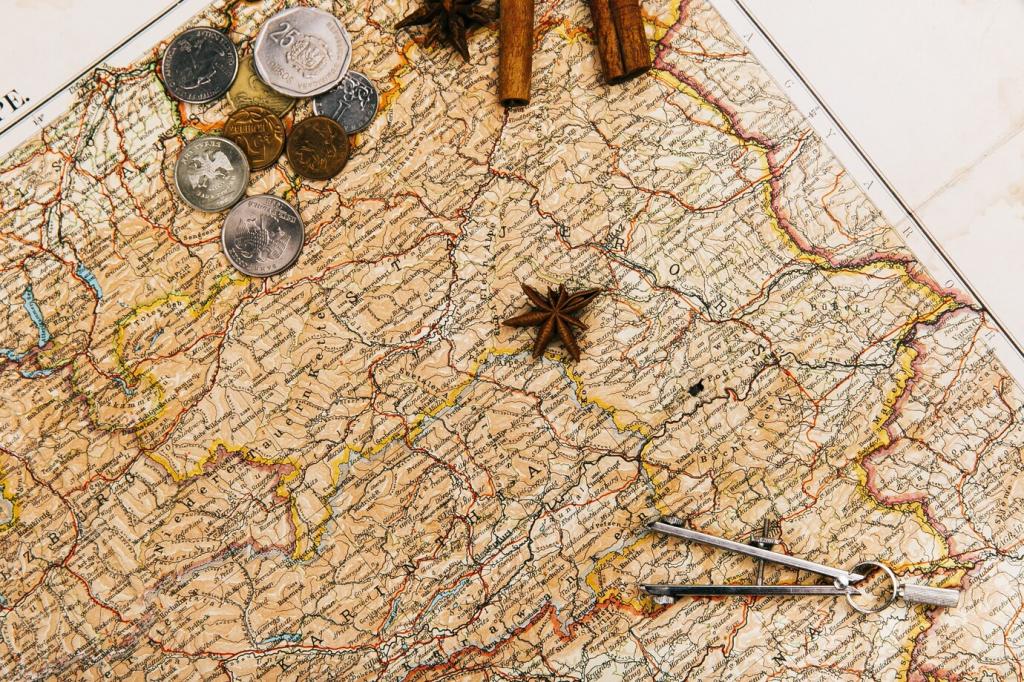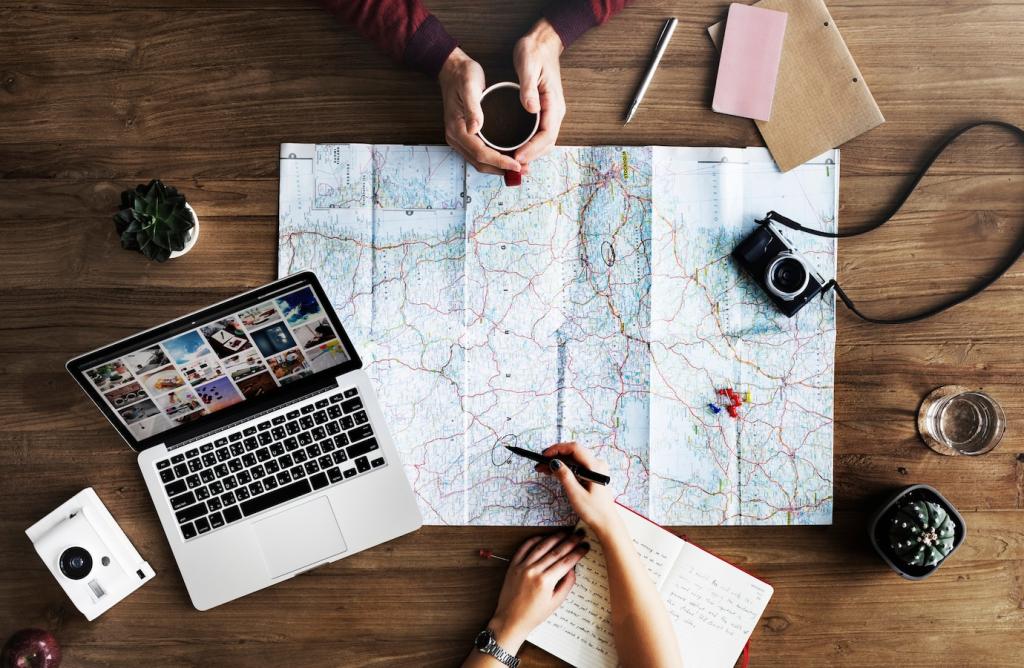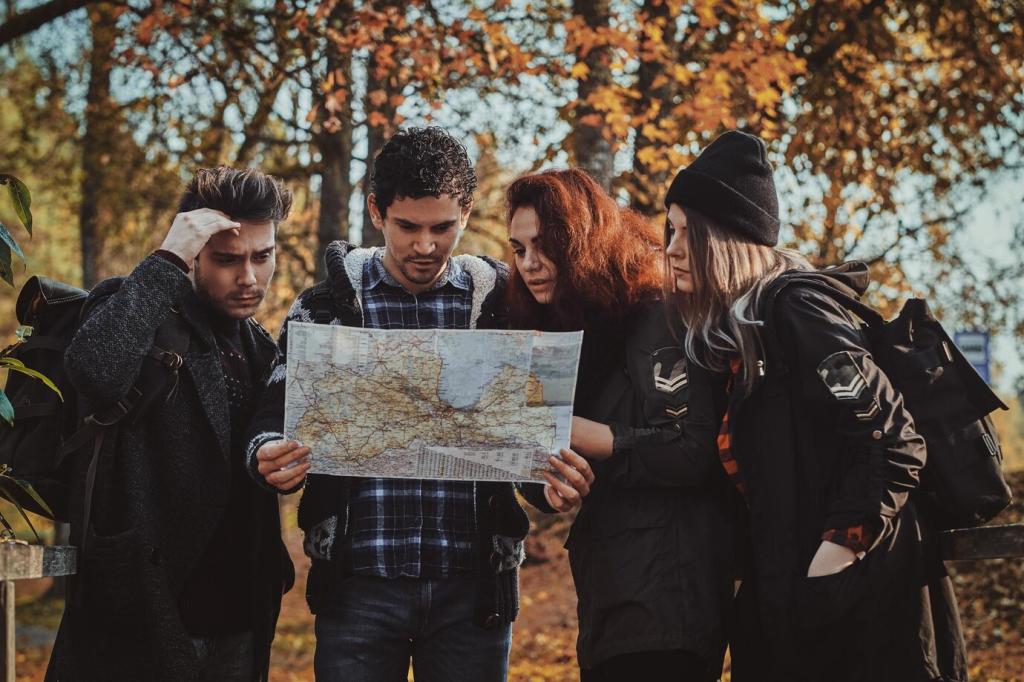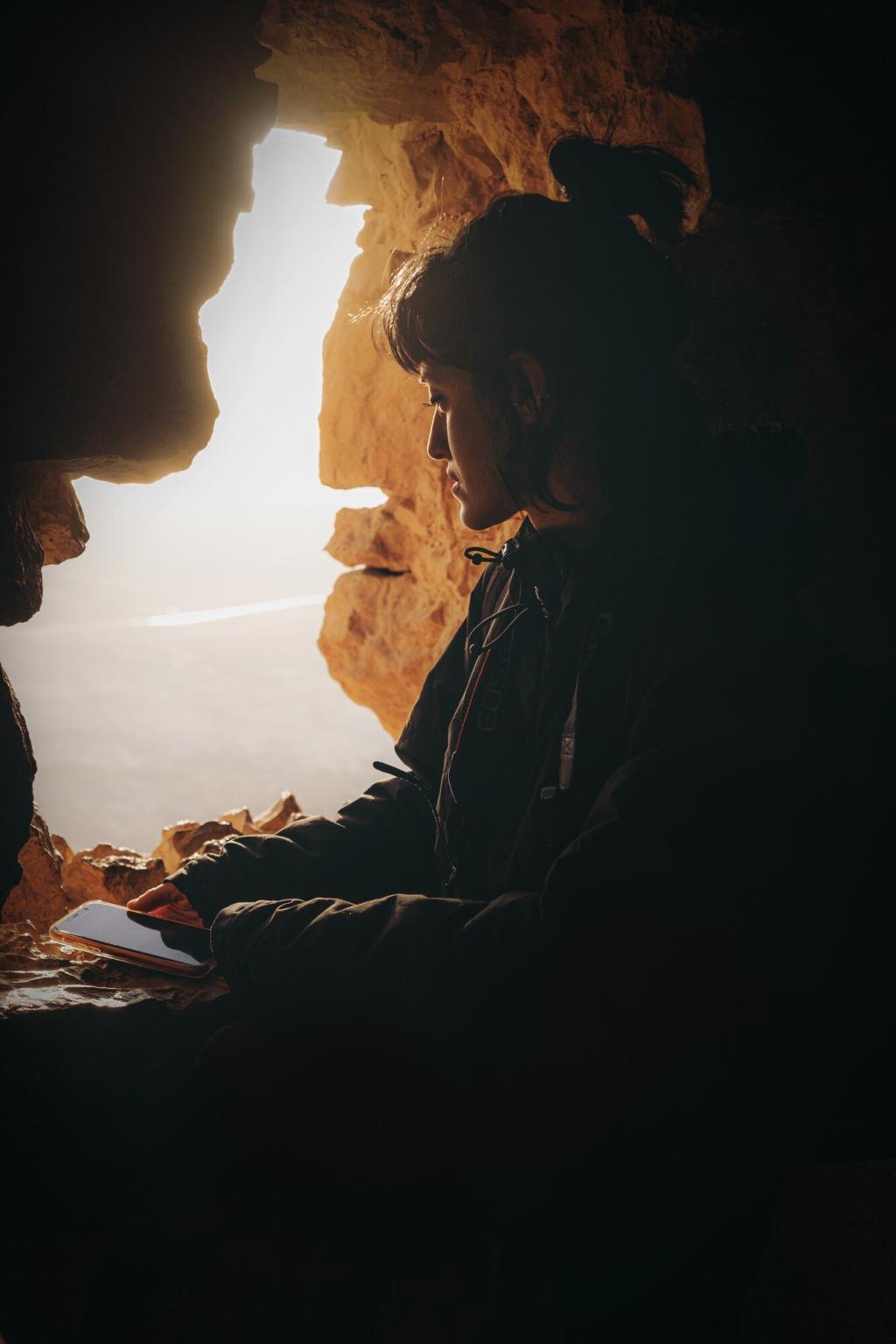Planning Safe and Ethical Journeys on Hidden Routes
Look past top hits. Dig into regional forums, printed gazetteers, and topographic maps that reveal minor roads, historic tracks, and seasonal closures. Ask park rangers and small-town librarians for context, then mark water sources, turnaround points, and no-go zones so curiosity never tramples caution.
Planning Safe and Ethical Journeys on Hidden Routes
A closed gate is a sentence you must not rewrite. Drive slowly through farm lanes, yield to livestock, and keep noise low near homes. Pack out every crumb, follow Leave No Trace principles, and photograph respectfully. Remember that secluded does not mean abandoned; you are a guest on someone’s daily path.
Planning Safe and Ethical Journeys on Hidden Routes
On empty roads, small problems echo loudly. Carry a full-size spare, a repair kit, extra water, and an insulated layer. Download offline maps, share a check-in plan with someone you trust, and know your daylight window. Let weather, fuel, and terrain—not impatience—decide when to turn back.
Planning Safe and Ethical Journeys on Hidden Routes
Lorem ipsum dolor sit amet, consectetur adipiscing elit. Ut elit tellus, luctus nec ullamcorper mattis, pulvinar dapibus leo.






